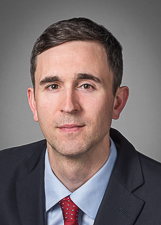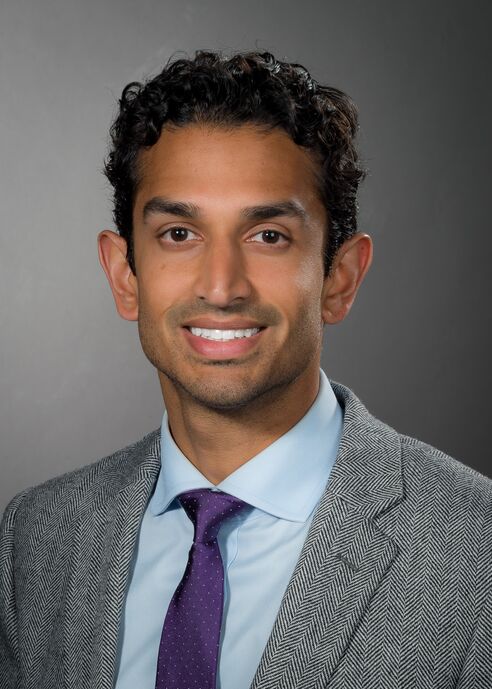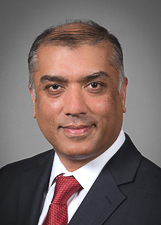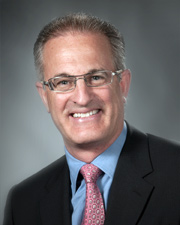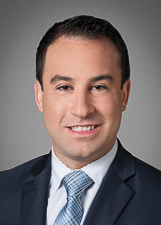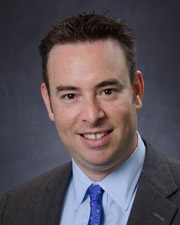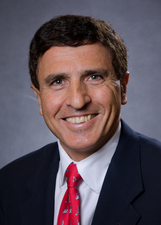Shoulder & elbow care
Our program
The shoulder and elbow specialists at the Center for Orthopedic Excellence at Syosset Hospital provide comprehensive medical services and procedures for patients suffering from diseases, disorders and discomfort in their upper extremities.
Why choose us?
The Center for Orthopedic Excellence and its dedicated team of healthcare professionals focus on each patient as an individual. We believe that continuity of care offers the best results, so our doctors work with you during every part of your experience and follow you through preoperative education and presurgical testing, the surgical experience itself, rehabilitation and your return to a healthy and active life. This continuity of care means that not only will you have a better experience and recovery, you'll also have an added level of comfort and reassurance that comes with seeing familiar faces throughout your care.
Our team is composed of surgeons, physicians, nurses, physician assistants, rehabilitation specialists and healthcare professionals who have been chosen specifically for their training, skill and compassion.
Services
The shoulder and elbow specialists at the Center for Orthopedic Excellence offer the full array of treatment options including many nonsurgical therapies, arthroscopy and other minimally invasive surgical techniques. These include:
- Clavicle fracture fixation—A sling or brace is often the only treatment needed to allow healing of a fractured clavicle (collarbone). In some more severe cases, it is preferable to repair and reinforce the bone using a surgically placed metal plate, secured with special screws.
- Elbow arthroscopy—Arthroscopy is a technique for visual inspection of the inside of a joint. In elbow arthroscopy, a small tube carrying a tiny light and camera are carefully inserted into the elbow joint, with images appearing on a monitor screen to aid in diagnosis and treatment.
- Elbow replacement—When a damaged elbow has not responded adequately to medication, therapy or other treatments, elbow replacement surgery may be an option. Damaged parts of the elbow joint are replaced with artificial components, relieving pain and restoring more normal motion.
- Fracture repair—Serious fractures of the elbow, upper arm and shoulder can be repaired surgically, using special metal plates, pins and screws to restore strength and stability.
- Labral repair—The labrum is a ring or cuff of cartilage that forms an important part of the shoulder’s ball-and-socket joint. Though injury to the labrum can often be treated conservatively, a surgical procedure may sometimes be needed to fully and permanently restore comfort and function.
- Rotator cuff repair—The rotator cuff is a group of four muscles and tendons that stabilize the shoulder joint and allow for arm rotation. A damaged cuff can sometimes be repaired with medication and physical therapy. In other cases, surgery may be needed. Minimally invasive surgical techniques may be used in some cases.
- Shoulder arthroscopy—The inside of the shoulder joint is examined using an arthroscope. The arthroscope is used to guide surgical repair of the joint using similarly inserted instruments.
- Shoulder decompression—This minimally invasive surgical procedure is used to remove or reduce inflamed tissue or abnormal bone growth within the shoulder joint, relieving pressure, easing discomfort and allowing more normal motion.
- Shoulder replacement—When a damaged shoulder has not responded adequately to medication, therapy or other treatments, shoulder replacement surgery may be an option. Damaged parts of the shoulder joint are replaced with artificial components, relieving pain and restoring more normal motion.
- SLAP repair—In a SLAP injury, the upper portion of the labrum (a ring of cartilage forming an important part of the shoulder joint) is torn or otherwise damaged—either gradually over time, or in an accident. In cases where medication and physical therapy have not been successful, surgical techniques (often minimally invasive) may be used.
- Tendon repair—In some cases, damage to tendons (tough, fibrous bands that attach muscles to bones) can be adequately relieved with medication and physical therapy. Occasionally, surgery may be needed to fully restore a tendon’s strength and function; such surgery can often be done using minimally invasive techniques.
Our team
Julian Joseph Sonnenfeld, MD
Joshua Neil Steinvurzel, MD
Chief - Orthopaedic Surgery of Surgery - Orthopedic Surgery, Glen Cove Hospital
Baruch Toledano, MD
Co-Chief - Trauma of Orthopaedic Surgery, North Shore University Hospital

